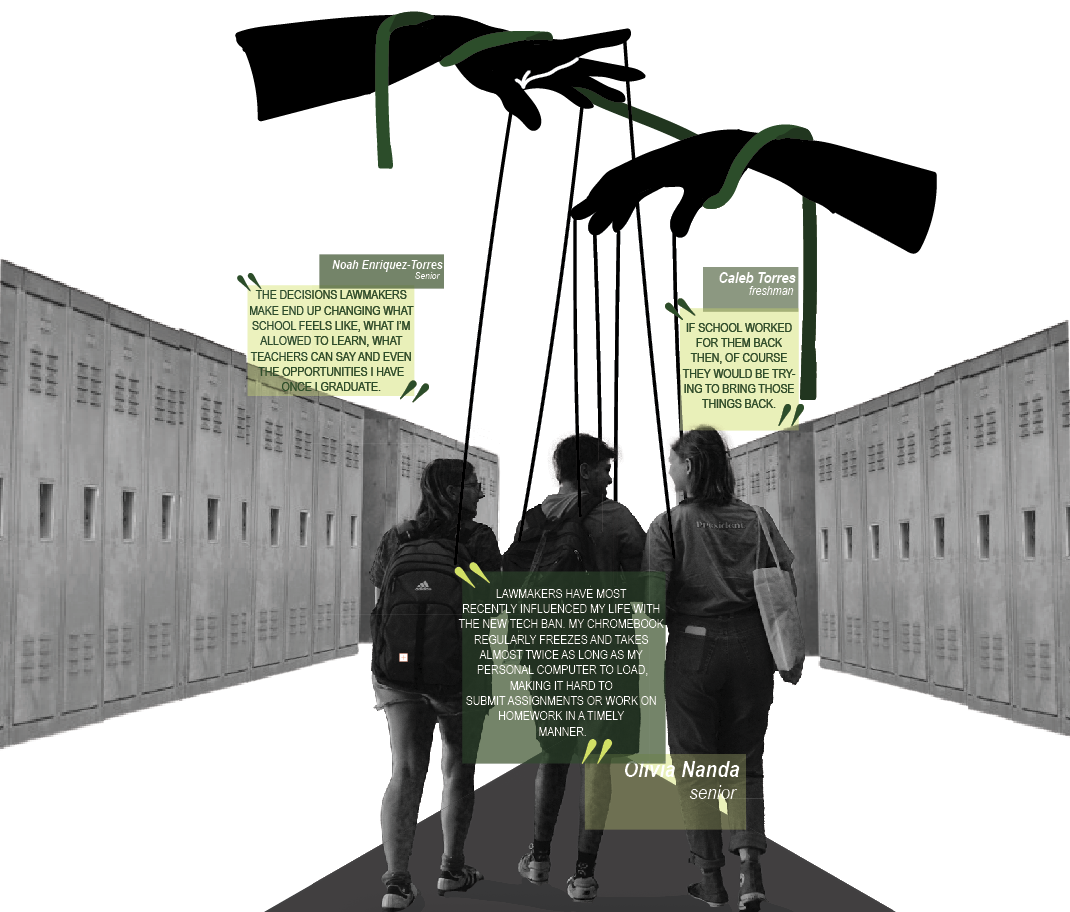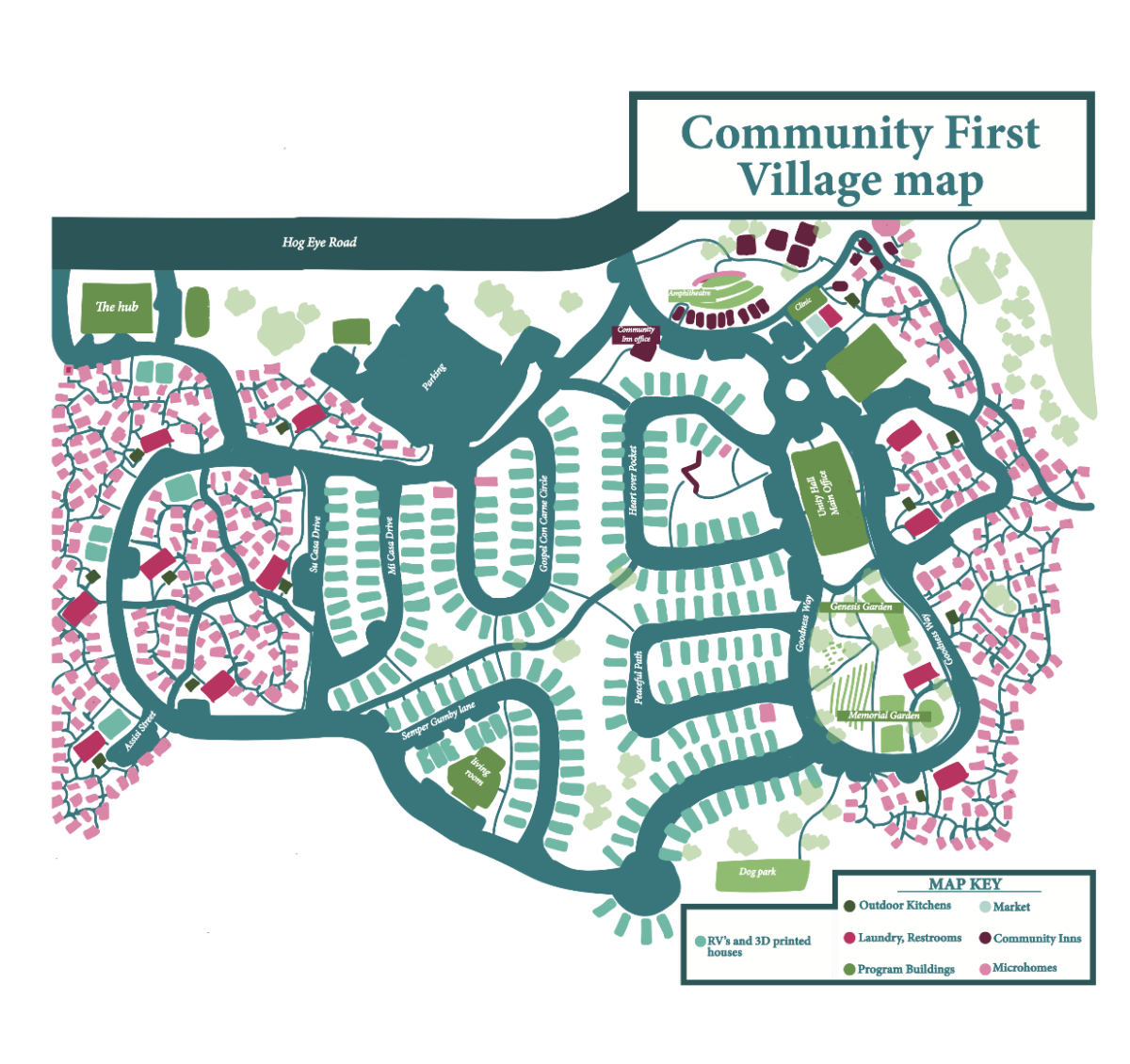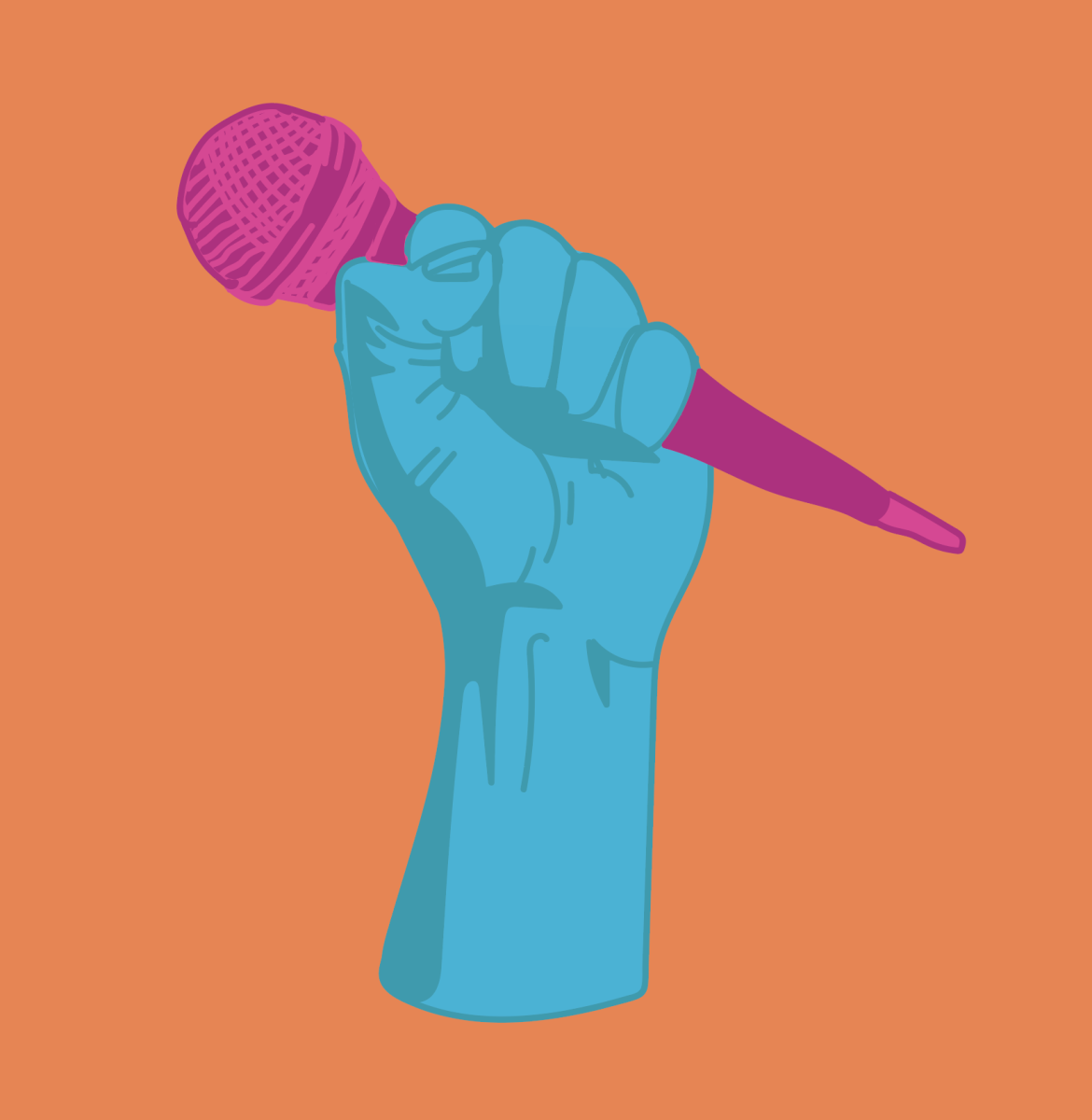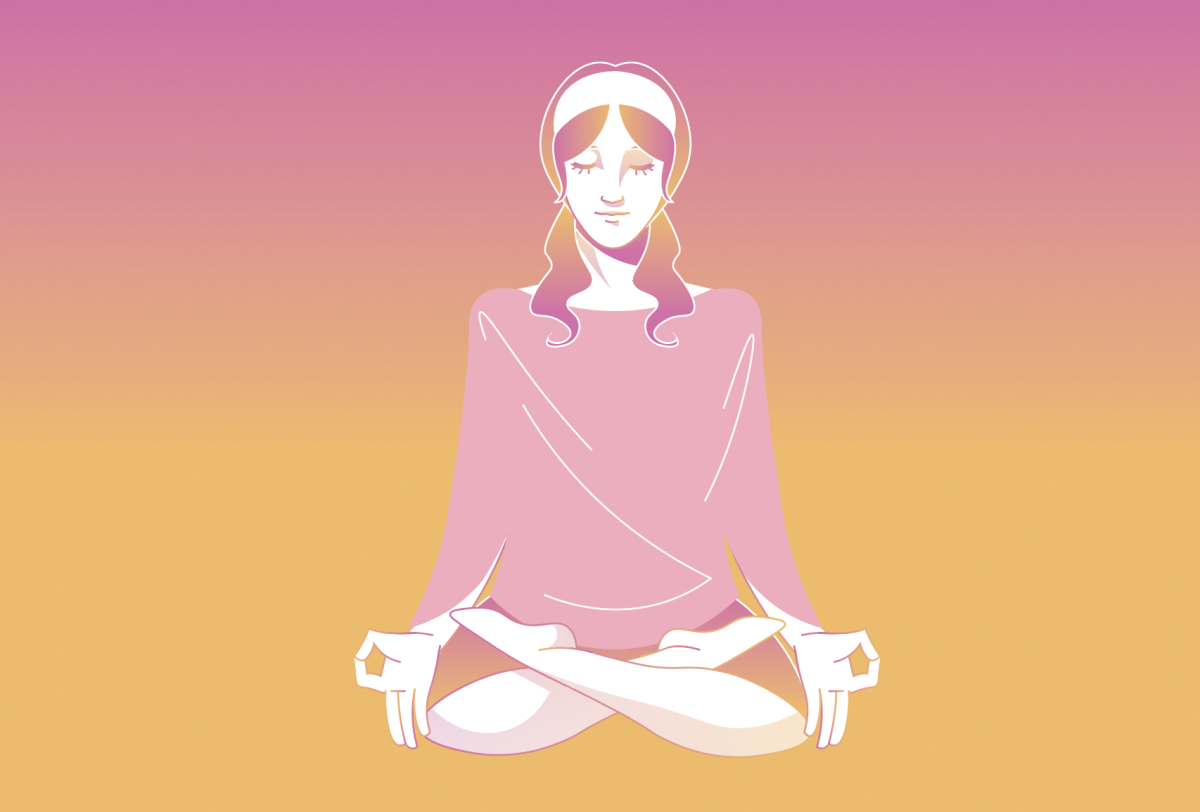Misinformation in modern media
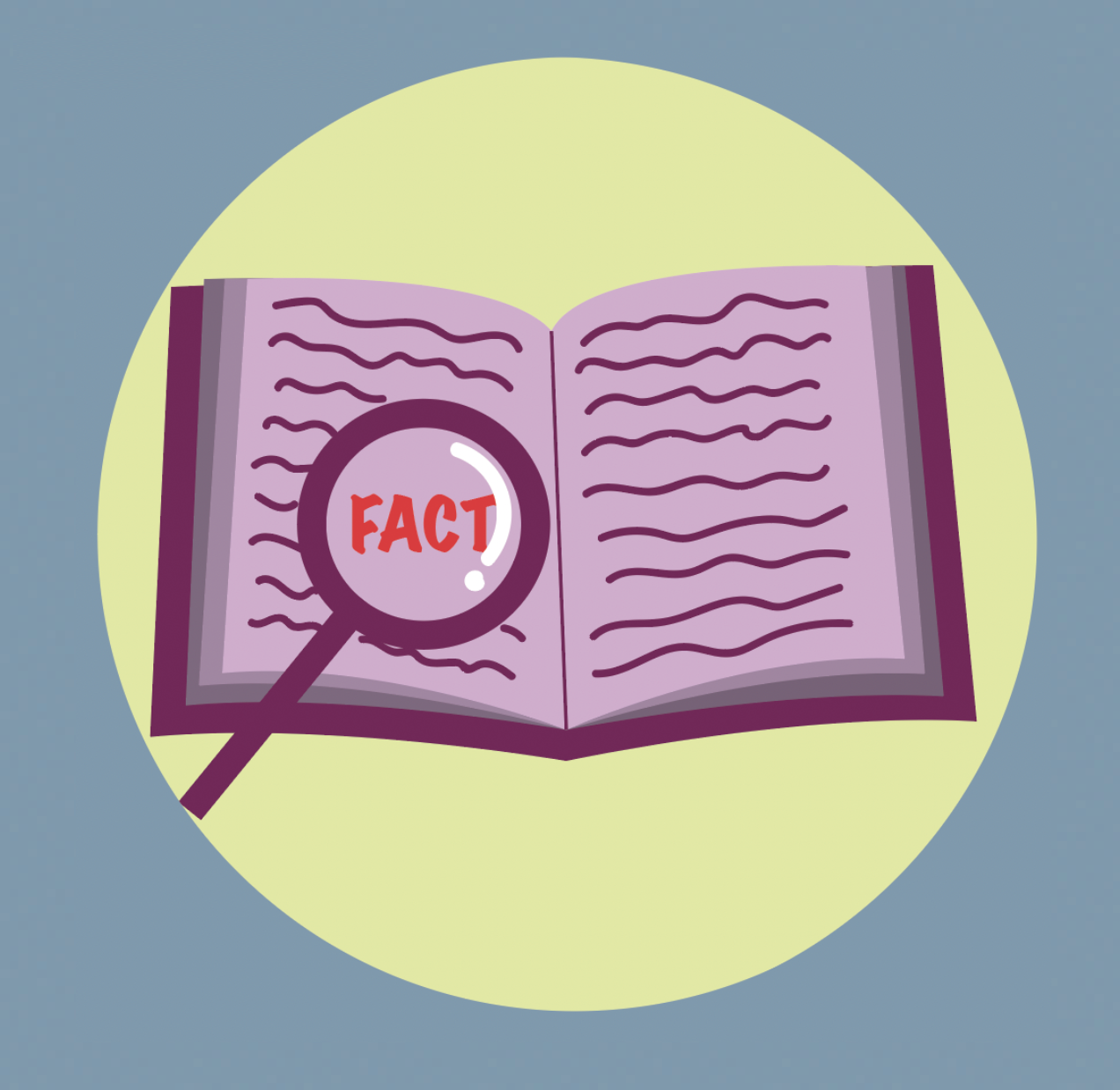
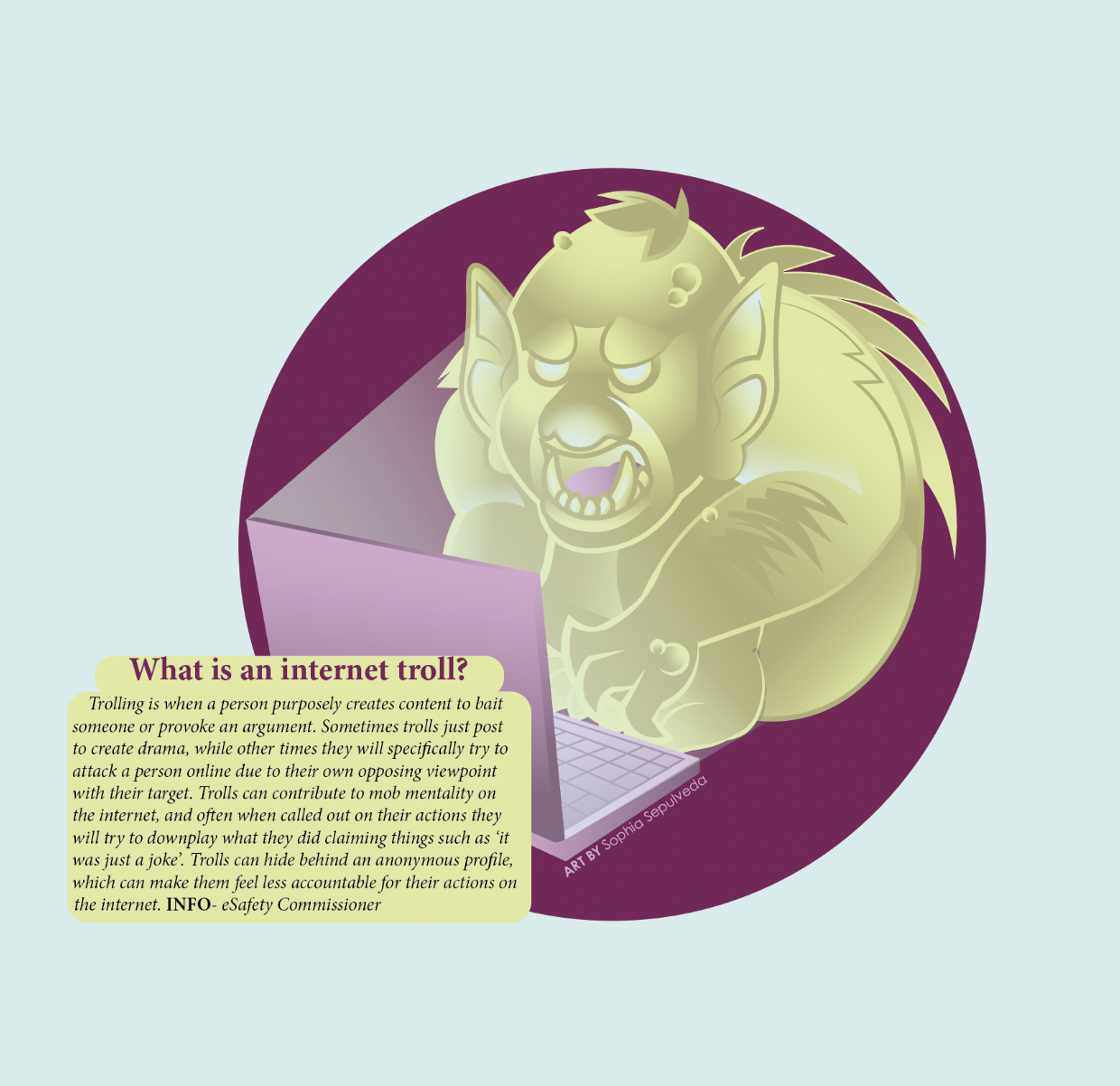
One video. One video was all it took to put a teacher’s job in jeopardy. When Academic Director Kaylin Brett had it brought to her attention that there was a video of a teacher using some less than school appropriate language in class she was taken aback. However after further review of the video it became clear that it had been edited in a way meant to trick the viewer into believing the teacher had used foul language when in reality they were just teaching a lesson.
Throughout the world there are many different types of media that can help to inform people of what is going on around them; videos, photos, stories, art, graphics, a whole variety of informative media. However with information comes misinformation. There are many types of misinformation such as conspiracy theories which are ideas spread by certain groups of people who believe that there is a secret influential organization responsible for a certain event. There is also disinformation which is purposeful misinformation spread with the intent to mislead someone.
“If someone fakes information and falsifies it, the intention is always negative, it’s never for a positive purpose,” Brett said. “I really hope that people realize we’re humans, they can really damage someone’s reputation, their livelihood, their career, their everything, if they’re willing to do that. As we continue teaching our students how to be good digital citizens, we are teaching them how to use technology as a tool, as a resource, for good, not for bad.”
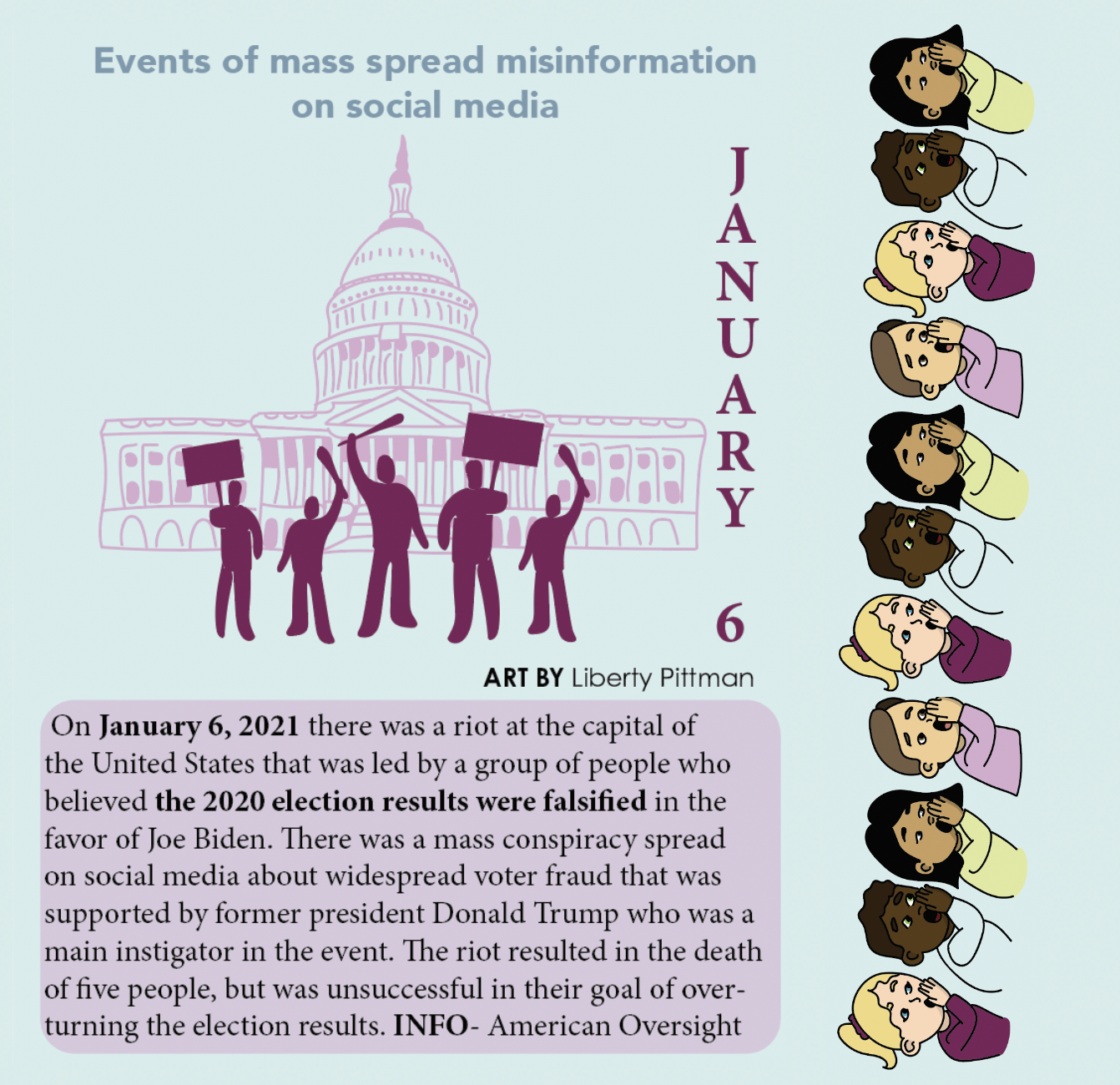
The introduction of the internet changed the way people receive their information. Brett still remembers when the world wide web was first introduced to her as an elementary school student and her family bought their first computer allowing her to take her first look at what would soon revolutionize information.
“The internet is a beautiful thing, because you really can look up and learn anything you want,” Brett said. “If you’re interested in something, you can learn it. If you want to learn how to change your oil, you can watch numerous YouTube videos on how to do that. I think the internet is beautiful because it provides people more knowledge, but it also does provide people with bias and misinformation. I think the access to knowledge outweighs the misinformation, but we have to teach people how to identify misinformation and that’s a big step of education that we have to continue working towards.”
Since the creation of the internet, many social media platforms have become available for people to intercommunicate with one another. In the modern age of information, many people are alerted of things going on day-to-day through some form of social media.
“One of the positive things that social media is capable of is enabling regular people to speak to other regular people incredibly quickly,” AP Language teacher Matthew Gordon said. “People are not forced to wait until the end of the day for the newspaper to arrive to see what journalists downtown had to say. If there is a person in city hall when a meeting is happening, they could be live tweeting it, so the immediacy of news or any information is so much stronger now because of social media, and that’s a great thing.”
People all across the world have access to social media, and according to Statista 5.45 billion people in the world have access to the internet, and of those 5.17 billion people have some form of social media. The sheer amount of people who have and utilize social media to report on events going on in their area contributes to the amount of people made aware of those events.
“Because of social media, where there used to be maybe five reporters at an event, they’d look at it, they’d write something later, and it would come out; now you could have 500 people at an event looking at it, commenting on it, and it’s way more information from way more points of view,” Gordon said. “There’s challenges to that as well, but as an asset, it’s undeniable. That kind of exposure, those amounts of eyes on people, it’s never been seen before in human history and good or bad, it’s definitely a tool that can be used.”
While there are positive aspects to social media, many believe there are negative aspects as well.
“Social media damages the news,” Brett said. “When social media started, it was about connecting with people, and now it’s become such a damaging way for people to get information, because anyone can say anything, and anyone can generate anything. It’s a great way for people to get access to information, but is it the right information? Is it actually correct?”
Most social media sites do not require that people use their actual name or information when creating a profile. In fact, many social media safety articles recommend that people do not use their legal name when signing up for a social media site. This can make it a challenge to verify if the owner of a social media account is who they say they are. While some sites offer a verification service that allows content creators to add a little check next to their name verifying that the account authentically belongs to them, not all content creators are or want to be verified.
“Anonymity has got good and bad elements to it,” Gordon said. “The negative aspect of anonymity is it removes accountability. If someone can say whatever comes to mind without ever being held accountable to it, if they are the kind of person who relies on external forces to have a conscience, if they have to have someone there watching them in order to not steal or cheat or lie, if they can do those things without being accountable, then you will trend towards doing them more often.”
Most social media sites have some sort of algorithm that decides what a user may want to see. According to Gordon, the more time a user spends engaging with something the more likely they are to continue receiving content on that topic, whether they want to see it or not. Gordon also believes that social media sites incentivise users to make content that gets the most viewers, engagement, and likes, which can affect the factual accuracy of the content being produced.
“If people are mindful, cognizant, and conscious of what they are doing, then social media is incredibly useful,” Gordon said. “They get all the benefits: immediacy, multiple perspectives, and visible exposure, but that takes work, it takes intentionality, and it takes effort. If that effort is not there, more often than not, the tool becomes misused. There are only a few right ways to use a dangerous weapon and hundreds of ways to misuse it. Social media has started to really trend away from just the tool category and into a weapon category, which means we have to be even more conscious about and careful about how we choose to interact with it.”
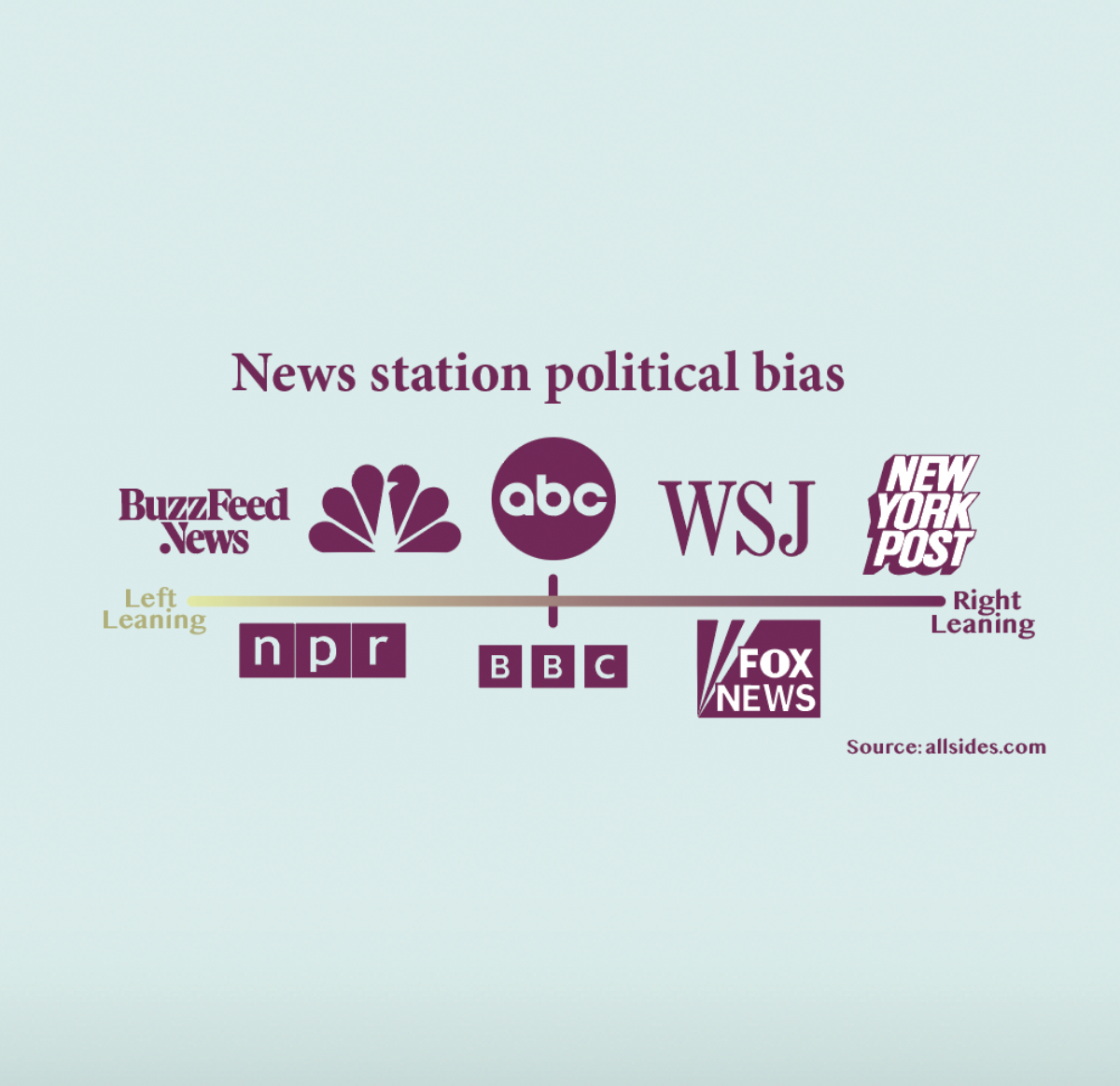
On social media and the internet there are millions of websites and resources people can use to find information. There are two main types of stories a reporter would write: News or opinion. News story labels often include articles and briefs, opinion stories could be labeled, editorial, review, or commentary. The main focus of a news story is to present the audience with objective facts on a topic, while the main focus of an opinion story is to state and support the author’s stance on a topic.
“When someone is reading a fact, it allows them to develop their own opinion,” Brett said. “When they’re reading factual pieces, no matter what it is, when they’re reading it for themselves, then they can develop their own opinion. However, I do think reading opinion pieces is important because sometimes they help to see both sides.”
According to Brett, reading opinion stories offers valuable insight from perspectives that someone may not have thought of prior to reading them.
“When someone is reading an opinion piece, they can then relate to different people and realize it kind of helps them develop their opinion,” Brett said. “However, when reading opinion pieces, I think it’s always very important to read both sides, because people can influence others, and if someone still doesn’t know their own personal opinion and they only read one side, they don’t have the other perspective. I think it’s so important to know the different perspectives, especially if someone is new to a topic, because then it helps them understand where their morals are and where their values are as they’re developing their opinion on that piece, too.”
Differentiating between whether a piece of text or media is news-based or opinion-based can be a challenge for some if it is not clearly labeled as one of the two. There are some indicators that help differentiate between the two: often times opinion stories will not have as many quotes in comparison to news stories, opinion stories often used more charged verbs that clearly portray a certain tone for the work, and visually on the television news, opinions are often shared in panel in a conversation like format while news stories are often just one anchor person stating the facts of an event.
“It’s incredibly important to know when a piece is someone’s opinion versus researched fact because of perception,” Gordon said. “If someone understands that what they’re reading is someone’s perception of the world or a thing, and not the objective truth, then they can use those opinions to inform their own, but if they take someone’s opinions as truth, or if the author hides their unfounded, untruthful opinions and presents them as truth, then the audiences understanding of the world, their perception as the reader now entirely, is the authors fiction, and suddenly they’re not living in the real world anymore, they’re living in the author’s fictional world.”
Outside of explicitly written opinion stories, people’s personal opinions can seep into news-based media due to something called bias. According to the Cambridge dictionary the action of being biased is caused by the allowance of personal opinions to affect judgment.
“It’s very clear that news sources have bias, and that news sources are working to promote one agenda over another, and it’s really unfortunate,” Brett said. “All these news companies, they’re money makers; they’re all trying to get the most say, the most views, the most people watching or reading their news. They love to exaggerate, they love to get crazy headlines and get people to eat it up. I really get worried about the bias of the news, because if someone is only listening to one side of the news they become very close minded. That’s one thing that’s causing such polarization in our country, is because people have their blinders on, and they only look one way, and then it causes them to only think one way.”
One of the major influences of personal, and group bias is politics. There are many sites online such as AllSides that research and chart the left-right lean of different news stations with the goal of creating a visual way for audiences to find a non-biased news source or recognize the potential bias of the source they view. In this case left-leaning refers to news stations with more liberal views, while right-leaning refers to stations with more conservative views.
“Politics is what our nation is built on,” junior C.J. Pelt said. “As much as sometimes we hate politics, it is our entire country. It affects the news so much, because in some way or another, all of our opinions are based on some sort of political thing that’s happening in your country. And when the news reports on that, they have to include political stuff, because it’s so ingrained into our lives.”
Personal bias can make a person purposely change the way they portray a certain news topic, however personal bias can also accidentally affect the news.
“A lot of us talk unconsciously, we speak without necessarily thinking about every single word we’re about to say,” Gordon said. “We just have thoughts and then we let the unconscious brain communicate them, so bias can unconsciously get put into everything we say.”
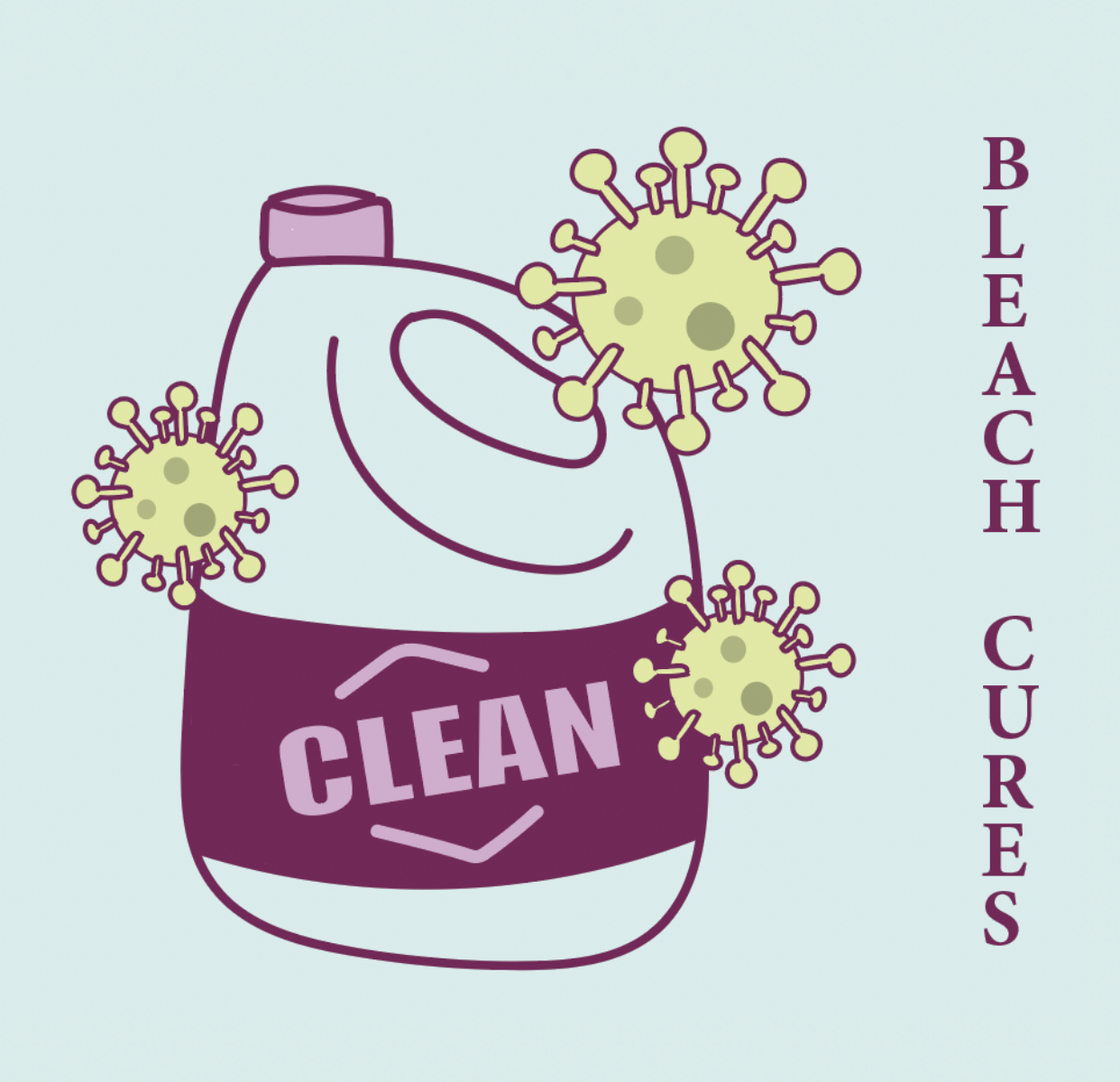
With the potential for every piece of information someone reads to be inaccurate or swayed by opinion, many people believe it is important to get their news from more than one source. Misinformation can be more prevalent because it is an election year, so it can be more important to stay informed in order to vote in a way that is most accurate to a person’s values. Senior Culby Bell ensures that he will not be swayed by misinformation in the election by doing his own research.
“I believe it’s important to get accurate information to create a non-biased opinion in voting or not be swayed in any direction, to formulate one’s own ideas,” Bell said. “I feel like if someone gets information from enough sources, they can come up with their own ideas and their own beliefs on everything.”
The source that a piece of information is from can help readers to determine for themselves how credible they think the information is.
“Anytime someone gets information from a different outlet or a third party source, it can have bias in it, it could have something misleading or something could be misconstrued,” Brett said. “Making sure to have the original source, the primary source, allows someone to then take it and be able to refer to it and be able to point to it and see where the information it’s actually originally written down.”
Apart from where someone is getting a piece of information from, who a person is getting information from can also be important. According to Gordon an author lends their name and credibility to their work, so every time they create anything they are putting their careers and reputation at risk if the audience does not accept or trust the information presented.
“There are always people who, during an election, are trying to get something from someone else,” Gordon said. “Most basic, it’s a vote, and to secure that vote, people will say or do whatever they are comfortable with to try to get that. For a lot of people, it is not very hard to tell a lie or to say something that they think is true but haven’t checked for themselves. Right now, in our country, there’s a lot of people saying a lot of things that if someone never double checks for themselves, can lead them into a totally separate place from the real world.”
Family is a source of trusted news for many students. Although, according to Pelt, a person’s family can also keep them in an isolated bubble of information, and parents can subject their children to potentially biased information.
“For somebody really young, whatever news station their family has on, that’s their news,” Pelt said. “A lot of families, if they’re really strict, limit children’s access to the internet, so the child only sees what the parents want them to see. Also generally speaking, people get most of their ideas of morality and what’s right and wrong from their parents, so if the parents think something is right when the child is really young, then the child does as well. And it’s really hard to unlearn that.”
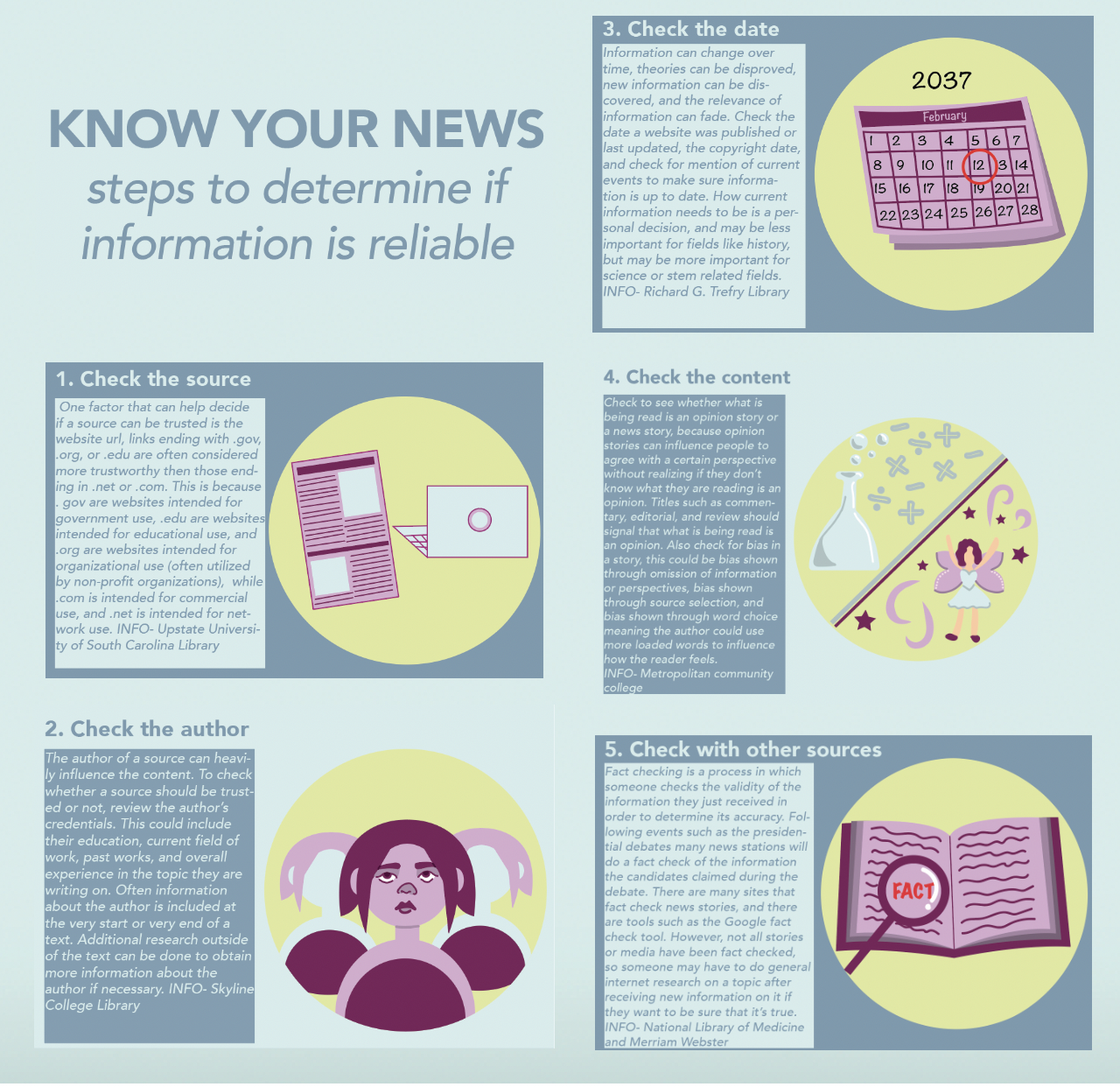
AI is another source of information for students, and it is growing in popularity. Artificial intelligence uses a collection of internet data to simulate human intelligence.
“Because AI, as it works right now, is never actively trying to find the truth, it can never be relied on to be truthful,” Gordon said. “AI has no understanding of what is real or not real. What is fact or what is fiction. Michael Jordan is as real to chat GPT as Jamie Lannister, because they’re both just words put into a computer for this program, AI has no sense of real or fiction unless we give it to them. Until AI algorithms develop to where they actually think and comprehend in a way that a human being’s brain does, they can’t be relied on to find the truth.”
Apart from information and resource gathering, AI has also been developed to generate art, images, and videos using a collection of art, photo, video, and audio from the internet as reference. AI can also be used to edit existing internet content.
“AI imaging and video is what really frightens me, because there are times where people can actually alter someone’s actions,” Brett said. “That frightens me, because I feel like a lot of people always want to say, ‘well, where’s your proof? Where’s the video or photo evidence?’ And now that AI can make that, that’s concerning. AI plays a big role in misinformation, because how can someone prove that a photo is AI versus real?”
According to Pelt, AI is still at a point where the average person can tell that an image or video is AI generated, but as the software advances there is an impending doom of AI getting to a place where it can create false information that is indiscernible from the real thing.
“AI is used to warp information because it can make anybody say anything, and it’s getting better and better,” Pelt. “It can make misinformation seem real. It can create new misinformation, and at the click of a button, it can perpetuate more misinformation.”
Having false or factually unjustified information can have negative effects on people.
“Misinformation today can divide families,” Gordon said. “It can allow people to see green when really there’s yellow, or to find aggression when really there’s only assertiveness. It divides and forces people into their own little worlds and as that world gets more and more separate from what others are living in, they feel alienated, they feel angry and they lash out. Misinformation causes fear, and fear causes violence.”
According to Brett, the possible negative effects of misinformation can be frightening due to the amount of misinformation in the world today.
“Misinformation is scary, because anyone can really manipulate a lot of people into thinking a certain way, and if people aren’t educated enough to question it, they’re just going to believe everything,” Brett said. “That can be really frightening, because there’s a lot of misinformation out there.”
Misinformation can have negative effects, but only when people perceive misinformation as truth. To combat the negative effects of misinformation the main thing someone can do is ensure their information is accurate.
“The ultimate way to stop misinformation is to use your own energy and intelligence to check for yourself,” Gordon said. “If you are willing, mature, and mindful enough to do that extra 15 seconds of Googling 90% of what is false in and around your life will disappear. It just takes that conscious effort, that desire to find the truth. If you’re fine with not finding the truth you’ll have a lot more free time on your hands, but you’ll be living in a fantasy world.”
Your donation will support the student journalists of James Bowie High School. Your contribution will help cover our annual website hosting costs. Any contributions made through this service are NOT tax deductible. If you would like to make a tax deductible donation OR to subscribe to our print edition, please contact us at [email protected].


